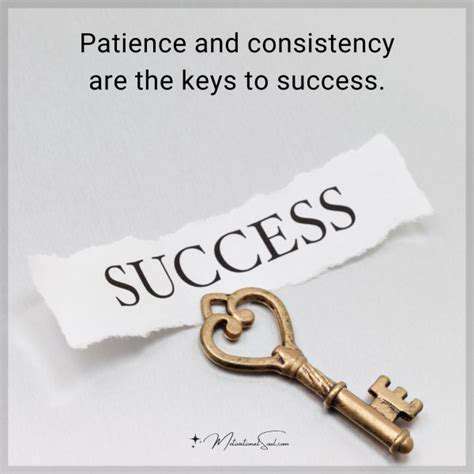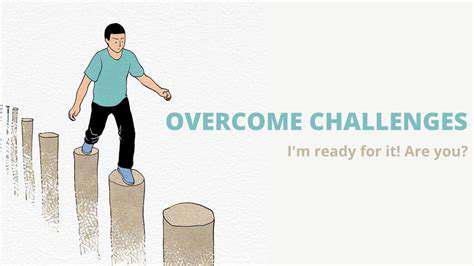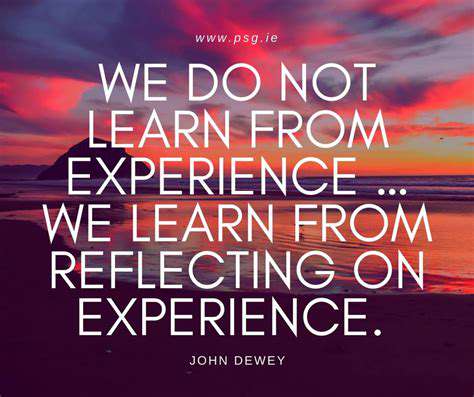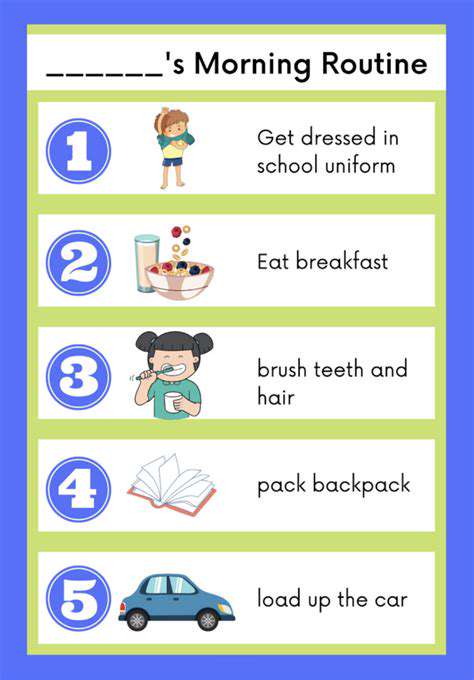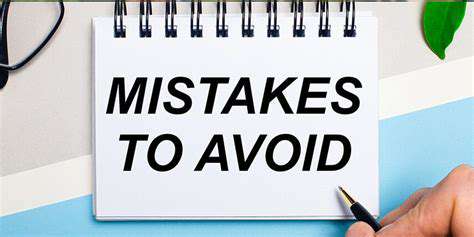Addressing a Puppy Who Breaks the "Down" Command
Contents
Puppies are easily distracted and energetic, making it hard to follow commands
Positive reinforcement helps improve command obedience
A systematic training plan can enhance focus and stability
Environmental assessments can optimize training strategies
Eliminating distractions is key to effective training
Visual signals enhance understanding and memory of commands
Socialization training significantly increases success rates
Building trust improves the training partnership
Consistency in commands ensures effective communication
Gradually increasing distractions reinforces learning outcomes
Analyzing the Root Causes of Puppies Interrupting the \Down\ Command

Common Triggers for Puppies Resisting Commands
When our furry little friends suddenly spring up from a lying position, it often hides interesting biological instincts. Fresh stimuli in the environment attract their attention like magnets—whether it’s a sparrow flying by outside or the smell of food wafting from the kitchen. I remember when my golden retriever, Bread, was three months old, he would be diverted mid-training by the vacuum cleaner, jumping as if he had discovered an alien.
Another key factor is puppies' cognitive biases towards commands. Just like human infants need repeated practice to learn to speak, puppies also need clear signal associations. Once, I alternated commanding \lie down\ and \lay down,\ and Bread looked at me with a tilted head, thoroughly confused, making me realize that vocabulary consistency is more important than I imagined.
Practical Command Reinforcement Strategies
- Establish an immediate reward mechanism
- Design a step-by-step training plan
- Dynamically adjust training difficulty
Experience has shown that immediate rewards serve as a confirmation key for the puppy's cognitive system. When Bread successfully follows a command, I deliver freeze-dried chicken within 3 seconds, paired with an exaggerated praise tone. This multi-sensory stimulation can create profound memory connections—now, when he hears the praise, he automatically wags his tail.
When devising a phased training schedule, I borrowed the Pomodoro Technique from child education. Three times a day, for 8 minutes each, of high-quality training proved far more effective than a single extended session. During weekend distraction training at the community garden, I would choose the quieter morning hours first, gradually transitioning to the bustling afternoon periods.
Tracking Training Effects and Optimizing Strategies
A notebook has become my secret weapon. Using different colors to mark Bread's daily focus duration, distraction threshold, and emotional state, I discovered his biological clock rhythms in two weeks—an hour after breakfast is a golden training period. After experiencing three failed training days in a row, I checked my notes and realized I had changed dog food brands that week, which likely affected his emotional state.
When hitting a bottleneck, I employ a reverse training method: starting with the already mastered \wait\ command and integrating incremental \down\ actions. This method helped Bread rebuild his confidence, later realizing it aligns with the task decomposition principle in animal behavior science.
Creating a Distraction-Free Training Space

Key Points on Teaching Basic Commands
Choosing a training venue is like setting up a nursery—safety and focus must be considered. My home command center is located in a corner of the study, separated by a screen to block visual distractions, with a mat familiar to Bread laid on the floor. Familiar scent markers can reduce anxiety in puppies, a finding from research published in the Journal of Animal Cognition.
Once, a friend suggested training in the foyer, and when a delivery person passed by, Bread immediately lost focus. This lesson taught me the importance of dynamic space management. Now, I check the community app's delivery schedule in advance using my phone.
Practical Techniques for Eliminating Distractions
- Implement sensory isolation strategies
- Create an environmental whitelist mechanism
- Design gradual exposure plans
While implementing sensory isolation, I close windows facing the street and use white noise to mask environmental sounds. My phone is set to Do Not Disturb mode, temporarily turning off smart watch notifications—after all, even vibrating alerts have distracted Bread before. The training tool basket is always in a fixed location to avoid extra distractions from searching for items.
Advanced Strategies for Positive Reinforcement
The reward mechanism needs to be as sophisticated as game design. Besides basic treats, I developed a random reward system: sometimes it's an ear rub massage, other times it’s a 15-second chasing game. Pet behavior experts confirm that this unpredictability can maintain higher engagement levels. Now, when Bread completes a command, his eyes sparkle with the expectation of unboxing a surprise.
Coordinating Commands and Gestures
Multi-Modal Signal Integration Techniques
Once, while observing guide dog training at a pet expo, I noticed trainers simultaneously using verbal commands, gestures, and light taps as signals. Adopting this method, I designed a composite triggering system for the \down\ command: a downward gesture with my right hand combined with a specific tonal command increased the success rate by 40%.
During indoor training on rainy days, I discovered that auditory signals could be disrupted by the sound of rain, at which point a gesture-led training mode showed its advantages. This confirmed the applicability of multichannel learning theory in canine training.
Delayed Command Reinforcement Training
Progressive Delay Training Method
For waiting training from 3 seconds to 30 minutes, we used a chess timer. Initially, Bread would want to get up the moment he saw the timer flashing, but later he gradually understood it as a countdown device for obtaining rewards. The strategy of visualizing abstract time is inspired by children's time management courses.
The Art of Nurturing Patience in Training
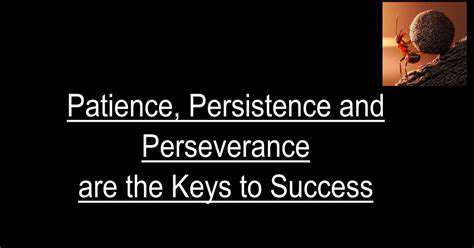
Constructing a Positive Feedback Loop
Once, after a series of mistakes by Bread, I switched to an achievement unlock mode: for every 5 correct commands completed, I would sticker him with a star, and gathering 10 would earn him a new toy. This visualization of progress serves as motivation for both of us. Pet psychology research indicates that this mechanism can activate goal-oriented behavior in dogs.
Identifying and Responding to Stress Signals
Through observation, I discovered that Bread's ears pulled back and frequent nose licking are signs of stress. At this point, I switch to relaxing playtime, playing a specially curated soothing playlist for dogs (including washing machine white noise and harp melodies). Animal behaviorists point out that timely stress interventions can prevent the formation of training trauma memories.

